Python Best Practices: Learn to Write Clean Python Code
Loại khoá học: Other IT & Software
Learn to Write Clean, Readable, and Maintainable Python Code Following the Python Style Guide PEP 8 (+ Tips and Tools)
Mô tả
Learn to write Clean Python Code following the Official Python Style Guide and Python Best Practices. Expand your skills with engaging video lectures, diagrams, quizzes, articles, and additional resources.
This course is your Python Best Practices Handbook where you can find Python best practices and tips to write "pythonic" code.
Learn to Write Clean Python Code and Take your Python Skills to the Next Level
Write clean, readable, and maintainable Python code.
Assign meaningful names to your variables, functions, classes, and methods.
Learn how to indent Python code following the Python Style Guide.
Apply Python best practices for line length, line breaks, and blank lines.
Use whitespaces appropriately with variables, parentheses, operators, commas, colons, and semicolons.
Learn Python best practices to write comments in your code and why they are helpful to write readable code.
Apply Python best practices to work with strings, sequences, operators, functions, loops, files, and object-oriented programming.
Plus, learn additional tips to write "pythonic" code (the walrus operator, list comprehension, dictionary comprehension, and more...)
Course Updates
The course is frequently updated with new lectures, projects, and resources:
September 2023 - NEW! Code editor updated to Visual Studio Code.
September 2023 - NEW! Updated the PDF course study guide.
September 2023 - NEW! Updated lectures with a new style.
August 2023 - NEW! New discussion topics.
August 2023 - NEW! Updated articles.
Python and Clean Code: In-demand Skills Around the World
Python is currently one of the most popular programming languages and its popularity continues to rise every year. It is used for real-world applications in diverse areas such as Web Development, Data Science, Machine Learning, Artificial Intelligence and many more.
If you are learning Python or if you already have some experience with this language, learning how to write clean, readable, and concise Python code following the best practices of the language is your next step into the amazing and powerful world of Python.
Learning Material & Resources
Throughout the course, you will find these resources:
Video Lectures: video lectures with carefully designed graphics and diagrams. You will learn the best practices of each topic with illustrative examples.
Quizzes: check your knowledge with 45+ quizzes with 213+ questions that provide unlimited attempts and instant feedback.
Articles: read articles with detailed explanations and illustrations to complement your knowledge.
Study Guide: review for the course exam with a detailed and unique PDF study guide with 120+ questions.
Course Exam: take a final course exam with 30+ questions to test your knowledge. The exam has unlimited attempts and detailed results for each attempt.
What makes this course unique?
This course is unique because of its emphasis on providing visual and detailed explanations of the best practices of Python. You will not only learn how to use these principles in Python, you will understand the purpose of each guideline and visualize it.
Unique study materials complement the course experience. You will find a PDF study guide specifically designed for the course with 120+ questions on the course content.
You will check your knowledge with Quizzes that will make you think more deeply about the topics presented in each section and you will receive instant feedback to check your answers.
You will receive a Certificate of Completion that you can add to your CV and social media profiles to showcase your new skills.
You will also have Lifetime Access to the course.
You are very welcome to watch the preview lectures and check out the full course curriculum.
If you are looking for an engaging, visual, and practical course, then you've found it.
Enroll now, add "Python Best Practices" and "Clean Code" to your resume, and showcase your new skills.
Bạn sẽ học được gì
How to write Clean Python Code following the Python Style Guide (PEP 8).
Best practices for naming variables, functions, classes, methods, and sequences.
Best practices for indentation, line breaks, blank lines, and whitespaces in Python.
How to write clean Python loops with enumerate(), zip(), break, and the else clause.
Best practices to work with Object-Oriented Programming in Python.
How to work with files following the Python Style Guide.
Tips to write more "pythonic" code (swap variables, list comprehensions, merge dictionaries, the walrus operator, and more).
How to document your code with block comments, in-line comments, and docstrings.
Yêu cầu
- You should have basic Python knowledge.
- The course will teach you the best practices for each topic, assuming you have some prior knowledge.
- You should have Python 3 installed and a code editor to write your code.
- During the lectures, we will use Visual Studio Code but you can use any code editor of your choice.
- Enthusiasm and dedication to learn how to write clean, concise, and readable Python code.
Nội dung khoá học
Viết Bình Luận
Khoá học liên quan

Đăng ký get khoá học Udemy - Unica - Gitiho giá chỉ 50k!
Get khoá học giá rẻ ngay trước khi bị fix.



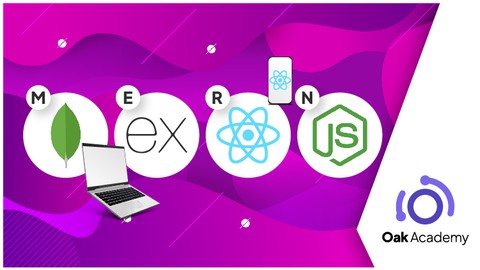



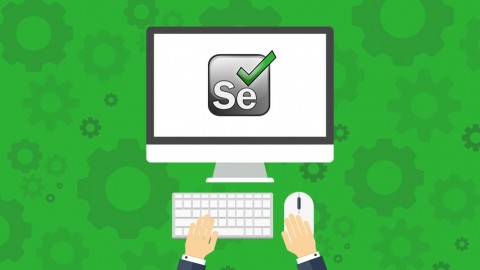


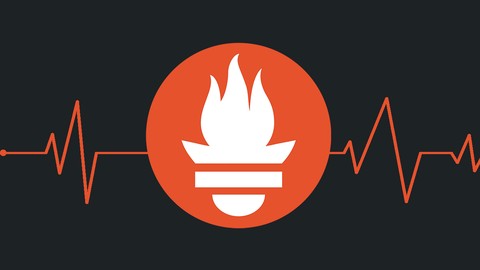

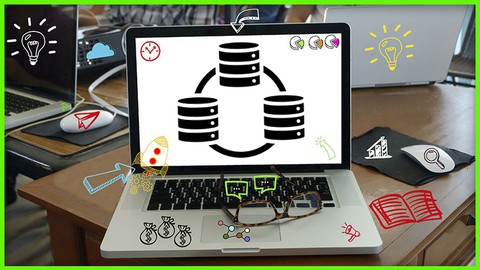


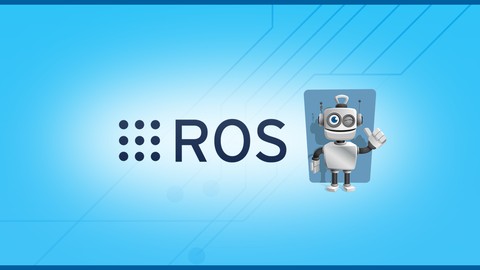
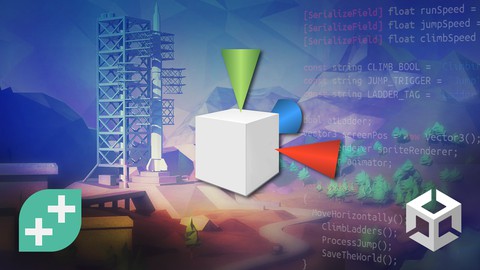

Đánh giá của học viên
Bình luận khách hàng